 MENU
MENU
 MENU
MENU
These short essays set the events related to the 19th century discovery of dinosaur footprint in a wider historical and intellectual context. How did this discovery fit into and expand 19th century thinking and culture?
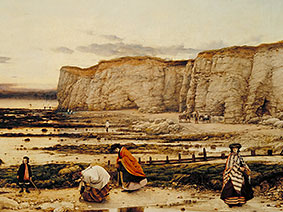 Digging Out of the Separate SphereWomen in 19th Century Geology
Digging Out of the Separate SphereWomen in 19th Century Geology
While many factors affected early nineteenth century women’s ability to function in the arts and sciences, perhaps most profound was the idea of “separate spheres.”
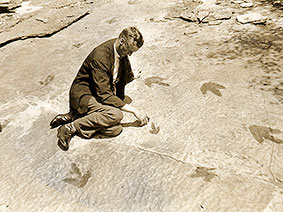 From Turkey Tracks to Dinosaur FootprintsInterpreting the Fossil Footprint Evidence
From Turkey Tracks to Dinosaur FootprintsInterpreting the Fossil Footprint Evidence
It may seem obvious to us today that the marks in the sandstones found in the Connecticut River Valley were made by dinosaurs. However, obviousness is in the eye of the beholder.
 Impressions on the CultureDinosaur Footprints in Literature and Art
Impressions on the CultureDinosaur Footprints in Literature and Art
19th century geological findings produced impressions on the culture as indelible as the fossil footprints embedded in the rocks of New England’s Connecticut River Valley.
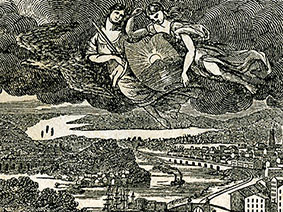 Subduing the EarthThe Rise of Exploration and Exploitation
Subduing the EarthThe Rise of Exploration and Exploitation
Necessity drove the early settlers to clear land and to hunt wildlife and ambitions for wealth drove the great mineral booms, but justification for all could readily be found in Scripture, where mankind was promised dominion over the earth and its products.
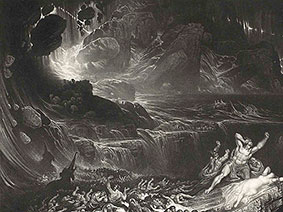 The Unity of All KnowledgeScience and Religion in Harmony
The Unity of All KnowledgeScience and Religion in Harmony
God was author of both Scripture and nature, and hence a contradiction between the two works was impossible so long as both were understood properly.
 The World They KnewAdvances in Science and Technology Changed Americans' Experience
The World They KnewAdvances in Science and Technology Changed Americans' Experience
Change and growth after the Revolution had a great impact on the lives of New Englanders and other Americans.
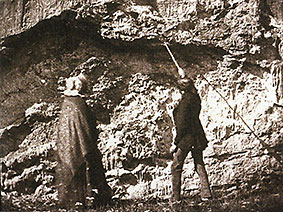 Who Owns Science?From Amateur Naturalist to Professional Scientist
Who Owns Science?From Amateur Naturalist to Professional Scientist
In the early to mid-19th century, the sciences did not yet offer a professional pathway, but scientific activities and pastimes were popular and occasionally even led to a better life.